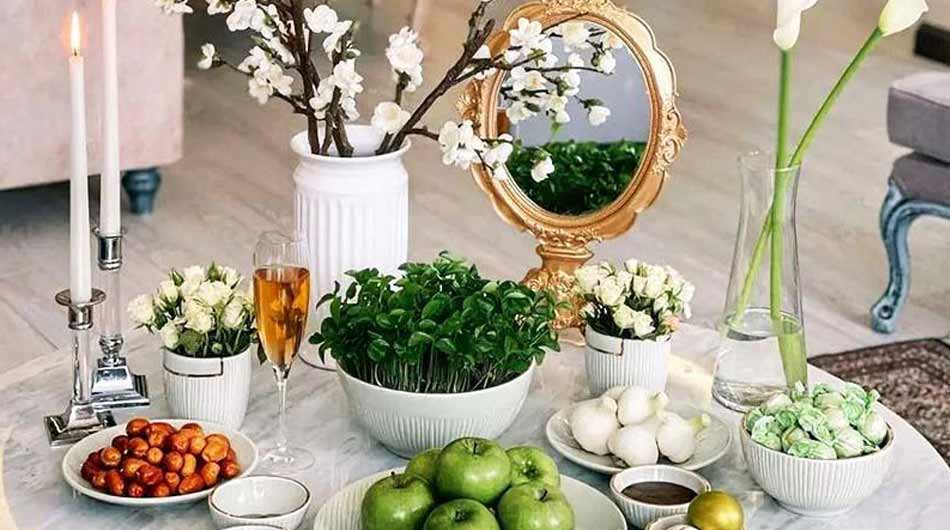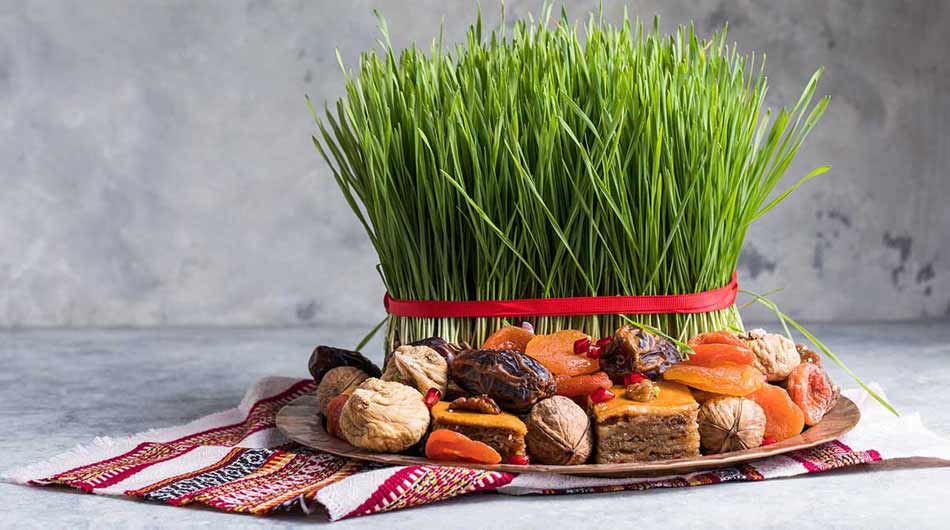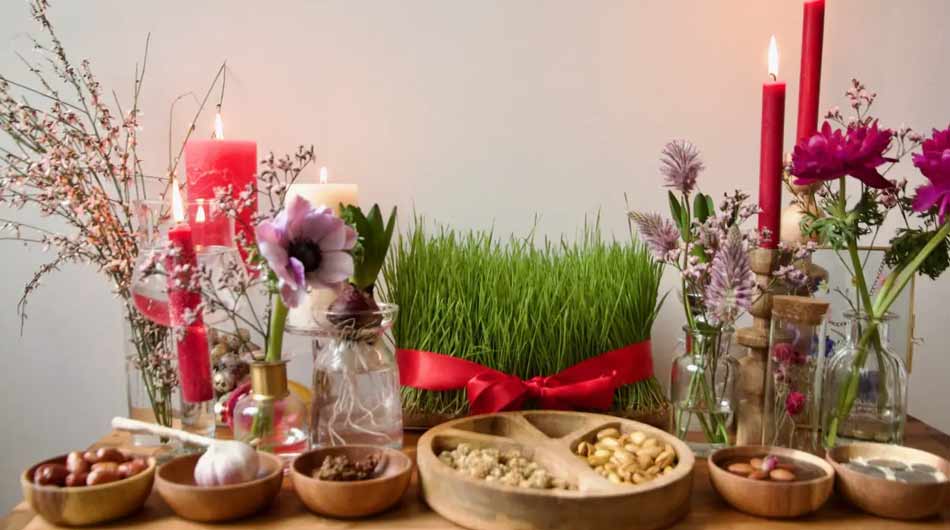Noruz in Iran Embracing Tradition and Renewal
Noruz, which translates to “New Day,” is more than just a holiday; it’s a time-honored tradition that signifies renewal, hope, and the triumph of light over darkness. Let’s explore the significance of Noruz in Iran and the colorful customs that make this celebration truly unique. In Iran, the arrival of spring marks not only the awakening of nature but also the beginning of Noruz, a celebration deeply ingrained in the country’s cultural fabric.
Noruz, observed on the first day of spring, typically falls on March 20th or 21st. It marks the onset of the Persian New Year and is a time for Iranians to bid farewell to the old year and welcome the new with open arms. The origins of Noruz can be traced back thousands of years to ancient Zoroastrian traditions, making it one of the oldest continuously celebrated festivals in the world.
Preparations for Noruz begin weeks in advance, as families engage in a thorough spring cleaning known as “khaneh tekani.” Homes are scrubbed from top to bottom, symbolizing the removal of negativity and the welcoming of positive energy for the new year. Another essential aspect of Noruz preparations is the creation of the “Haft-Seen” table, a colorful display featuring seven symbolic items, each starting with the Persian letter “س” (pronounced ‘seen’). These items, which include sprouts, apples, garlic, sumac, vinegar, coins, and wheatgrass, represent various aspects of life, such as rebirth, health, and prosperity.
On the eve of Noruz, families gather around the Haft-Seen table to await the exact moment of the spring equinox, known as “Nowruz.” At this precise moment, they exchange hugs and well-wishes, ushering in the New Year with joy and optimism. The festivities continue for thirteen days, during which time Iranians visit friends and family, exchange gifts, and partake in traditional rituals that have been passed down through generations.
One such ritual is “Chaharshanbe Suri,” or Red Wednesday, which takes place on the eve of the last Wednesday before Noruz. During this lively celebration, bonfires are lit in streets and neighborhoods, and people leap over the flames while reciting a special chant. This act symbolizes the casting away of sickness and misfortune and is believed to bring good luck and prosperity in the year ahead.
Food plays a central role in Noruz celebrations, with families coming together to share festive meals that are steeped in tradition and symbolism. One of the most iconic Noruz dishes is “sabzi polo ba mahi,” a flavorful rice dish served with herbs and fish, symbolizing fertility and abundance. Other popular dishes include “kuku sabzi,” a savory herb frittata, and “ash-e reshteh,” a hearty noodle soup enjoyed during the holiday season.
Music and dance are also integral parts of Noruz festivities, with traditional songs and performances filling the air with joy and merriment. Iranians gather in parks and public spaces to participate in folk dances such as “raqs-e-shirin” and “raqs-e-sal,” celebrating the arrival of spring and the promise of new beginnings.
As Noruz draws to a close, Iranians celebrate “Sizdah Bedar,” the thirteenth day of the New Year. Families spend this day outdoors, enjoying picnics and nature walks, and bidding farewell to the holiday season. It is believed that by spending Sizdah Bedar outdoors, people can avoid the bad luck associated with the number thirteen and ensure a prosperous year ahead.
In conclusion, Noruz is a time of joy, unity, and reflection for Iranians across the globe. It is a celebration of the beauty of nature, the resilience of the human spirit, and the enduring power of tradition. As Iranians come together to welcome the arrival of spring and the New Year, they do so with hearts full of hope and gratitude, embracing the opportunity for renewal and growth in the year ahead.
Tags:Adventure holidays, Best time to travel to iran, best tour operator iran, Cultural sites of Iran, Holiday in Iran, Iran, Iran Architectural, iran attractions, iran destinations, Iran sightseeing tours, iran Solo trip, iran tour, Iran tour packages, iran tourist attractions, Iran travel agency, iran travel expenses, Iran Travel Guide, Iran Travel Tips, must-visit Iran, Noruz, Noruz Celebration, persia tour, top tourist destinations, travel to iran, travelling to iran, trip to iran, vacation packages, visit iran, درناگشت



